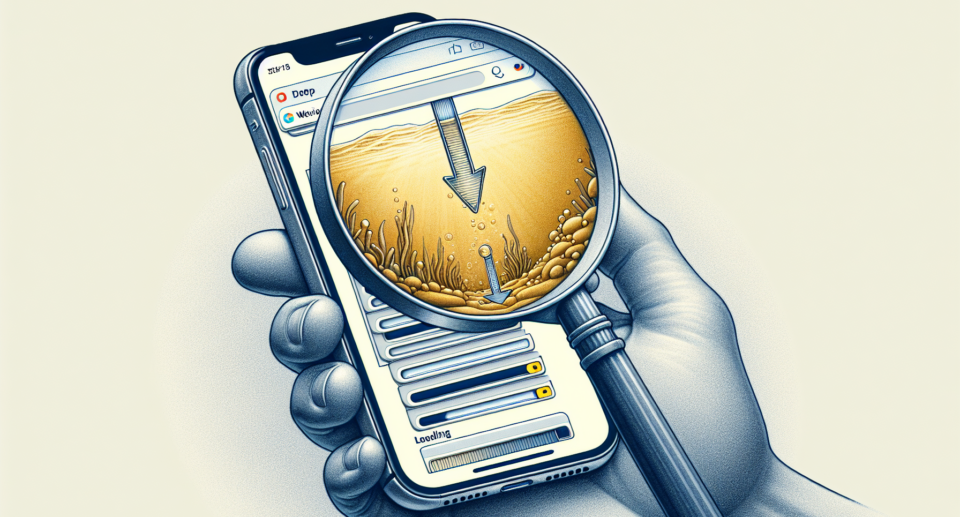Enhancing iOS User Experience with Offline-Ready WebViews: A Deep Dive into WebViewGold’s Fallback Mode

In an age where mobile devices are an extension of ourselves, constant connectivity is nearly taken for granted. However, what happens when that connection is lost? For iOS users relying on web applications, this can lead to a frustrating dead-end—unless, of course, those web applications are built with offline capabilities in mind. This is where WebViewGold‘s Fallback Mode comes into play.
Understanding WebViewGold‘s Fallback Mode
WebViewGold stands out as a tool that transforms websites into full-featured iOS apps with ease. One of its most distinctive features is the Fallback Mode, which ensures that the user experience remains seamless, even when an internet connection is unstable or entirely unavailable.
This Fallback Mode serves as a safety net, allowing the app to fall back on local content pre-loaded within the app. This means that users aren’t met with a blank screen or an error message when they lose connectivity but can continue interacting with the app using the last available version of the website stored on their device.
Crafting an Offline-Ready Experience
Creating an offline-ready experience requires a combination of smart design decisions and robust technical solutions. It starts with the identification of key components of your website that can be made available offline. These might include essential information, forms that can be saved and submitted later, or interactive elements that provide value without needing real-time data.
WebViewGold simplifies this process by offering tools to specify which parts of your website should remain available offline. This functionality is crucial to maintaining high levels of user engagement and ensuring that your app provides a reliable experience, no matter the connectivity conditions.
Seamless Syncing Once Back Online
A truly effective offline mode goes beyond simply displaying static content. When the app detects that a stable connection is available once more, it should seamlessly sync any actions the user took while offline. WebViewGold‘s Fallback Mode handles this elegantly by updating the local content with the latest from the server and processing any pending user interactions, like form submissions.
This ensures a smooth transition from offline to online modes, making the shift practically imperceptible to the user and preventing any loss of data or functionality disruption.
Building Trust Through Uninterrupted Access
Trust is a critical component of user retention, and an app that operates reliably, even in offline scenarios, builds that trust. Users who know that they can depend on your app to function effectively without an internet connection are more likely to continue using it and recommend it to others.
WebViewGold takes the complexity out of building such trust. Its solution to convert websites into iOS apps doesn’t require extensive coding knowledge, and integrating Fallback Mode can be achieved without a massive development effort. It’s a quick and simple solution that adds significant value to the end-user experience.
Conclusion: The Competitive Edge of Offline-Ready Apps
In embracing WebViewGold‘s Fallback Mode, developers and businesses gain a competitive advantage. Not only does it improve user satisfaction by providing uninterrupted access, but it also opens up opportunities for those in regions with less stable internet connections.
WebViewGold offers an accessible way to enhance iOS user experiences, ensuring that your web application can stand strong—even in the face of connectivity challenges. With its user-centric approach, you’re not just converting a website into an app; you’re crafting an experience that prioritizes reliability and convenience.
